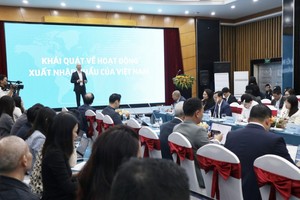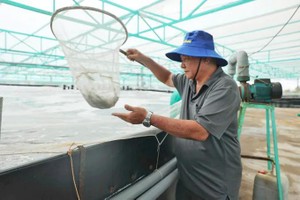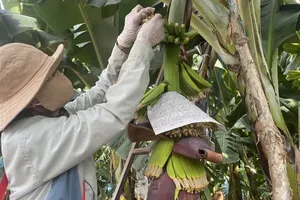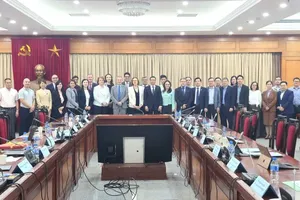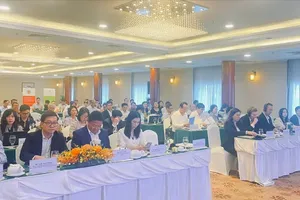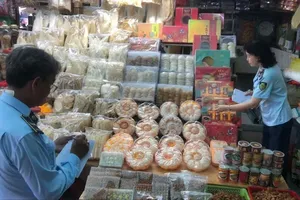The “Trade and Investment Promotion into Chile and the South American Market” seminar, organized by the HCMC Investment and Trade Promotion Center (ITPC) on April 22, opened up new opportunities for Vietnamese businesses to explore partnerships in South America.
Amid global economic uncertainties, the need to expand export markets, diversify partners, and seek new growth spaces has become essential for Vietnamese enterprises. With a combined GDP of US$4 trillion and a population of 431 million, South America is emerging as a promising market—where Chile serves as a strategic gateway for Vietnamese goods.
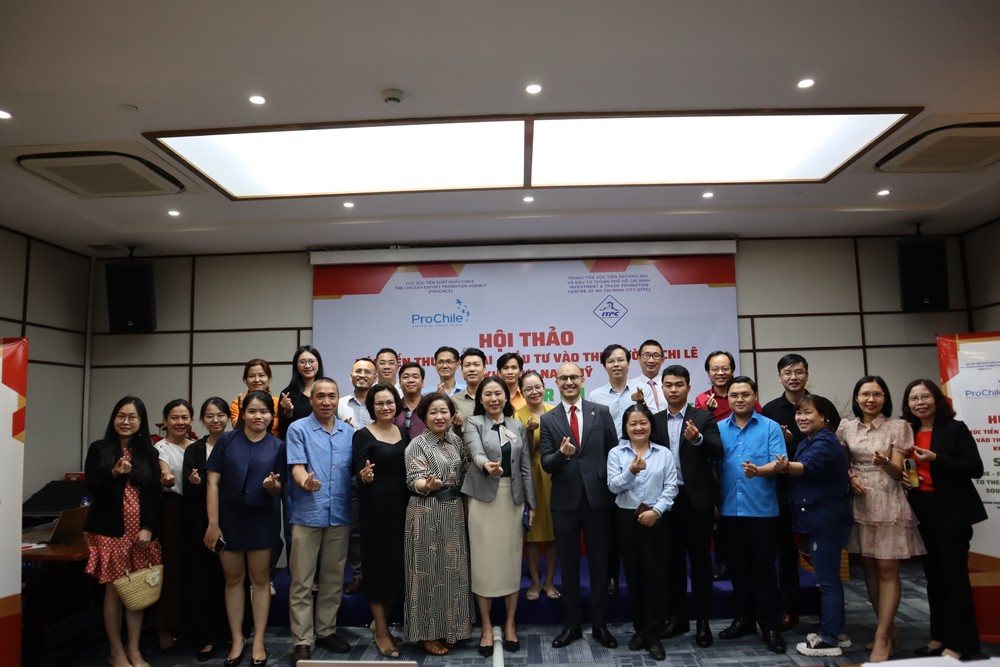
Speaking at the seminar, ITPC Deputy Director Ho Thi Quyen emphasized that HCMC is actively supporting local businesses in exploring cooperation opportunities in the region. Although the city’s exports to Chile reached only $53.3 million in 2024, the market still offers significant room for growth in trade, investment, and technology transfer.
Chile, one of South America’s most open and dynamic economies, has signed multiple free trade agreements, including the VCFTA and CPTPP, creating a solid legal framework that facilitates Vietnamese exports to Chile and beyond, including markets like Brazil, Argentina, and Peru.
To date, bilateral trade between Vietnam and Chile has reached nearly $1.8 billion, with Vietnam exporting $1.4 billion worth of goods—mainly seafood, coffee, rice, and cement. Vietnam is now Chile’s 12th-largest supplier and ranks fourth among Asian countries, following China, Japan, and South Korea.
According to Ms. Bui Hoang Yen, Head of the Southern Office of the Vietnam Trade Promotion Agency under the Ministry of Industry and Trade, the current utilization rate of tariff preferences under free trade agreements remains low—particularly with the CPTPP, where it stands at just 6.3 percent. Maximizing the benefits of these agreements would enhance the competitiveness of Vietnamese products in distant markets like Chile, cut tax-related costs, and help expand market share.
She also highlighted several areas with high potential for bilateral cooperation in the coming years, including renewable energy, mining and processing, high technology, digital transformation, and smart agriculture. These sectors align well with Vietnam’s strategic focus on green and digital economic growth. However, she cautioned that businesses must be prepared to navigate challenges such as logistics costs that are 25–30 percent higher, lengthy shipping times, and technical trade barriers.
Mr. Pablo Arancibia Salazar, Trade Representative of Chile’s export promotion agency ProChile, noted that to effectively tap into the South American market, Vietnamese enterprises need to improve supply chain stability, diversify product offerings, and strengthen production and export linkages. Chile is currently seeking foreign investment in sectors such as seafood, wood processing, and clean energy—areas where Vietnamese businesses are well-positioned to engage more deeply.
Supporting the business community, ITPC reaffirmed its commitment to organizing more trade and investment promotion programs, offering market intelligence services, and facilitating connections between foreign firms and local partners in HCMC. This seminar marked a practical step forward in helping companies from both sides expand their networks and build strategic partnerships in South America’s vast and promising market.
